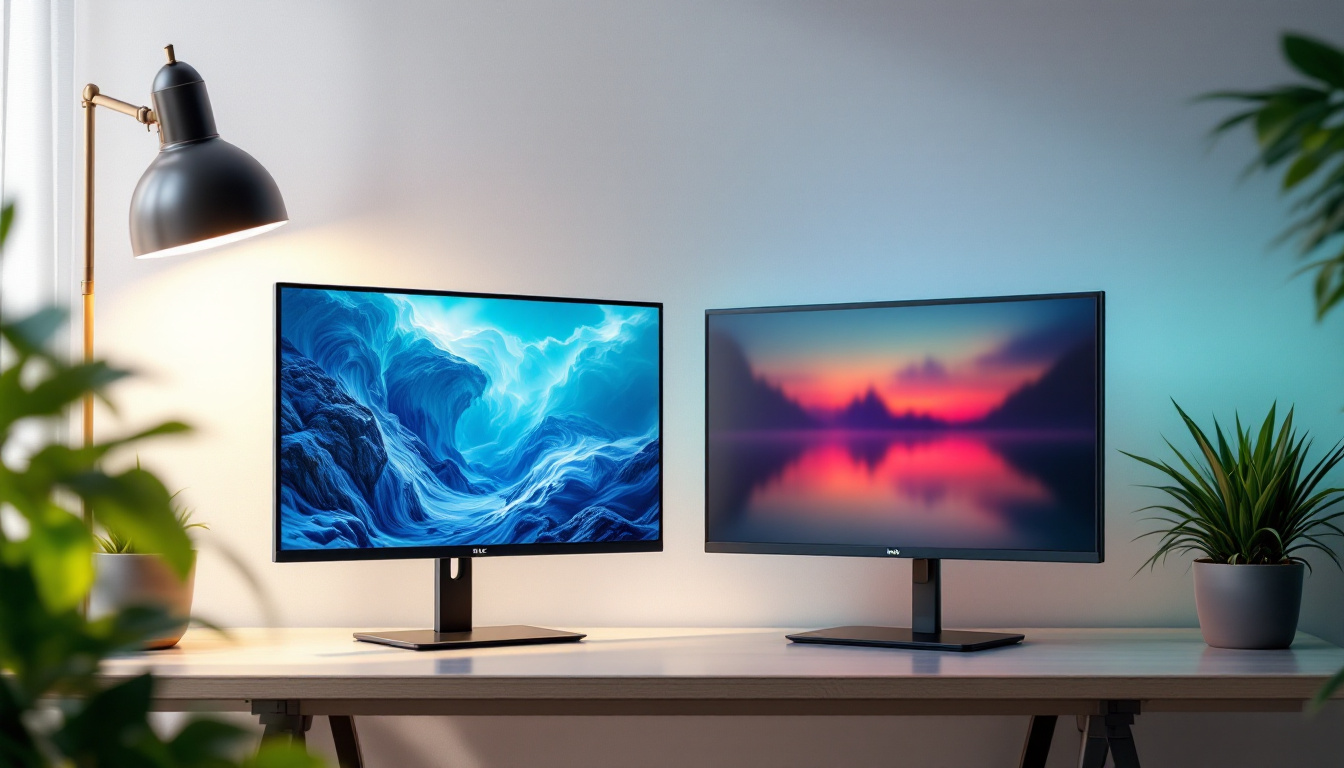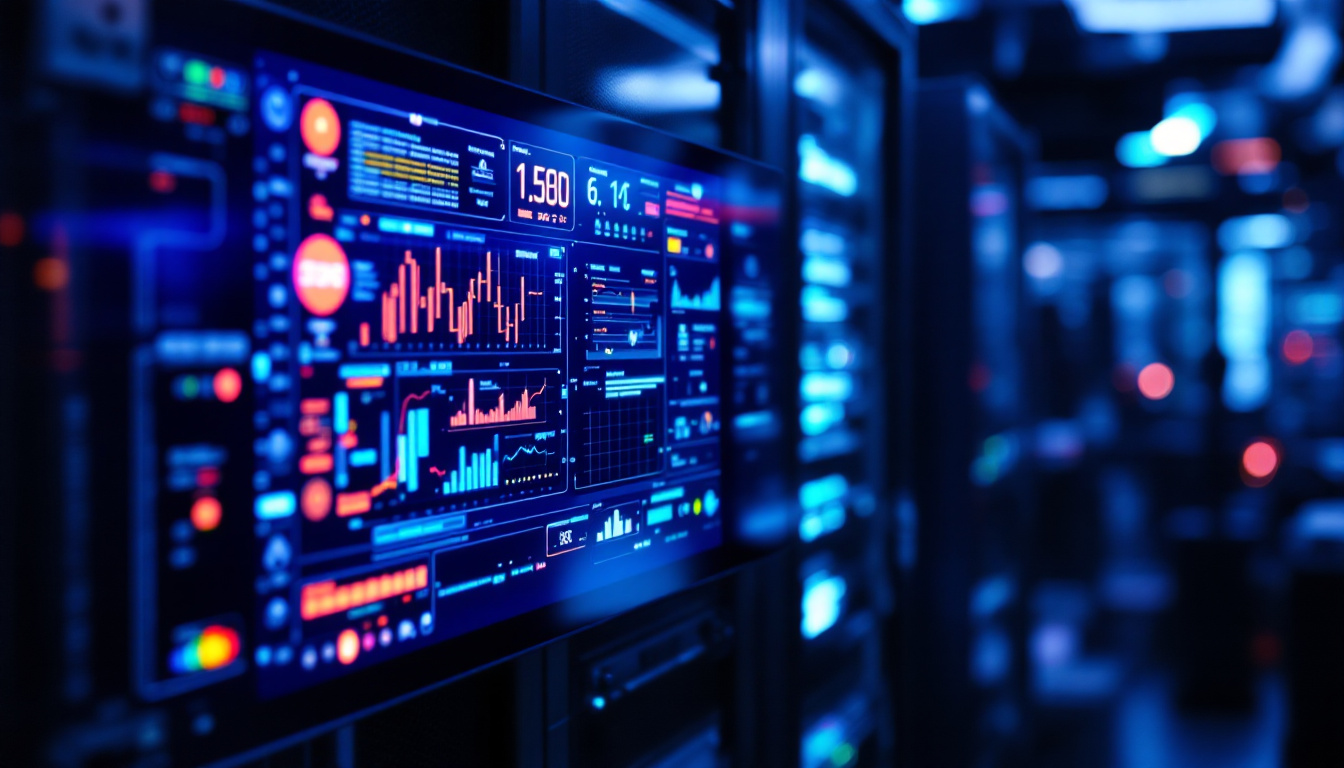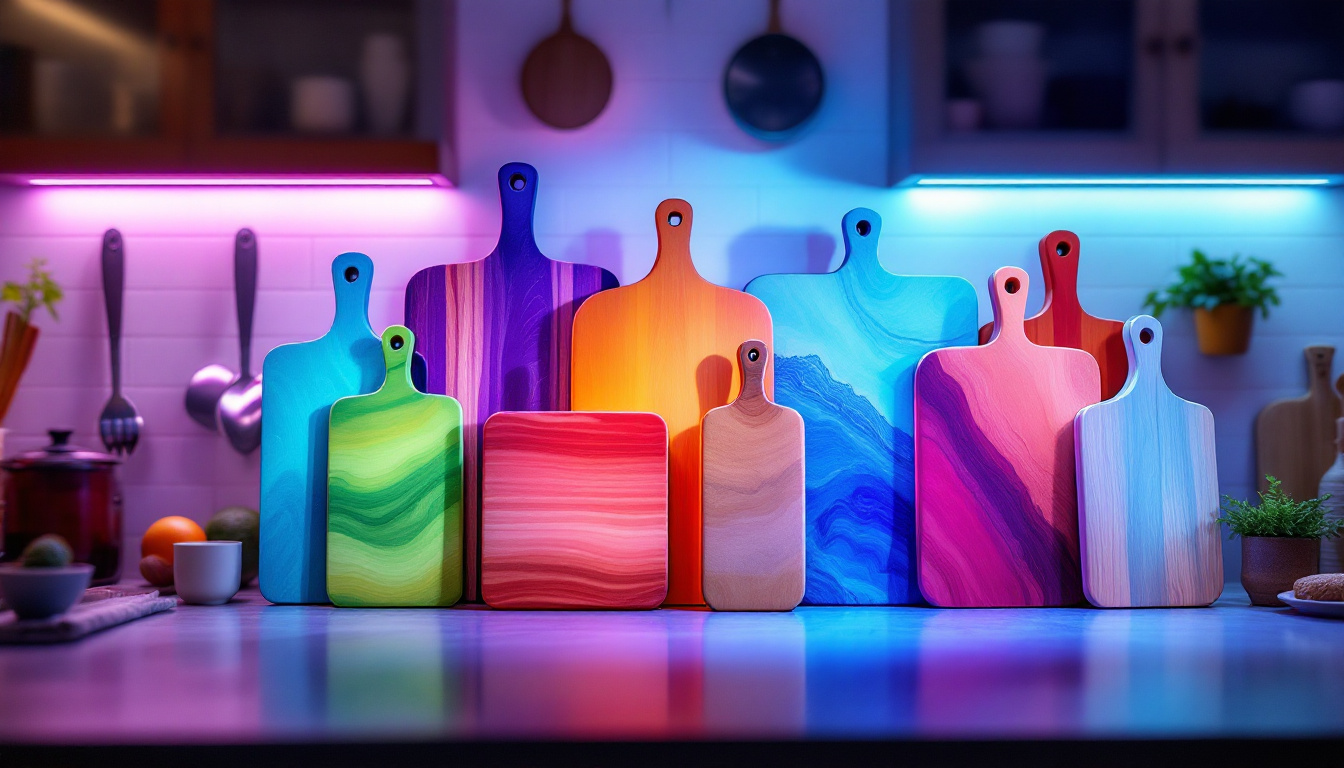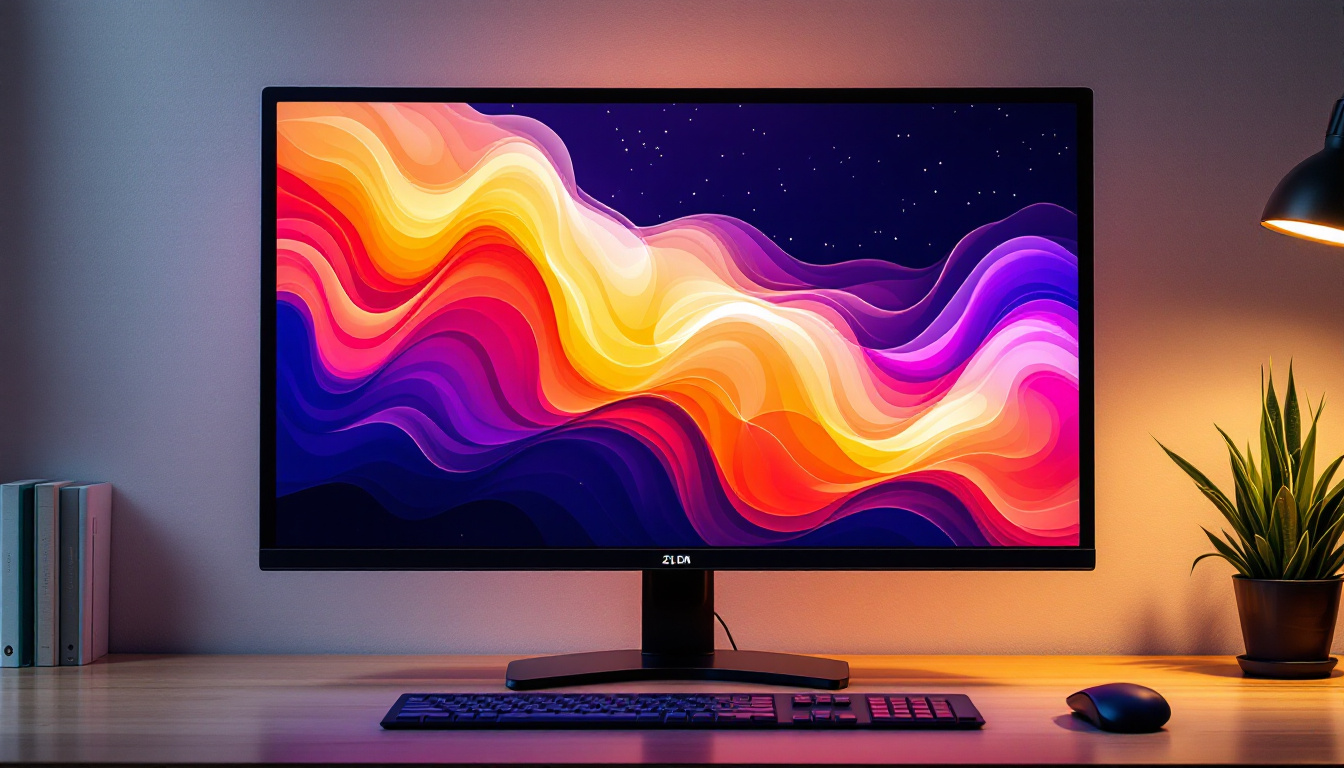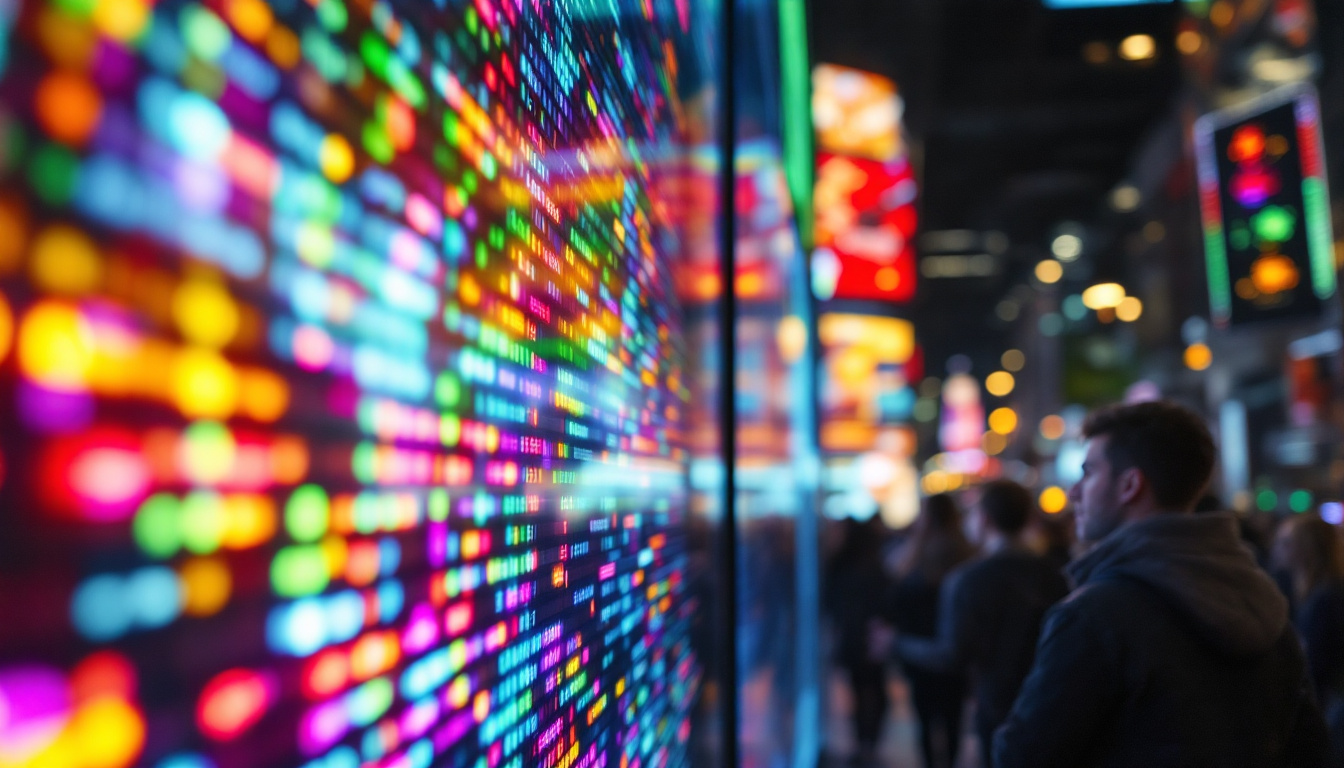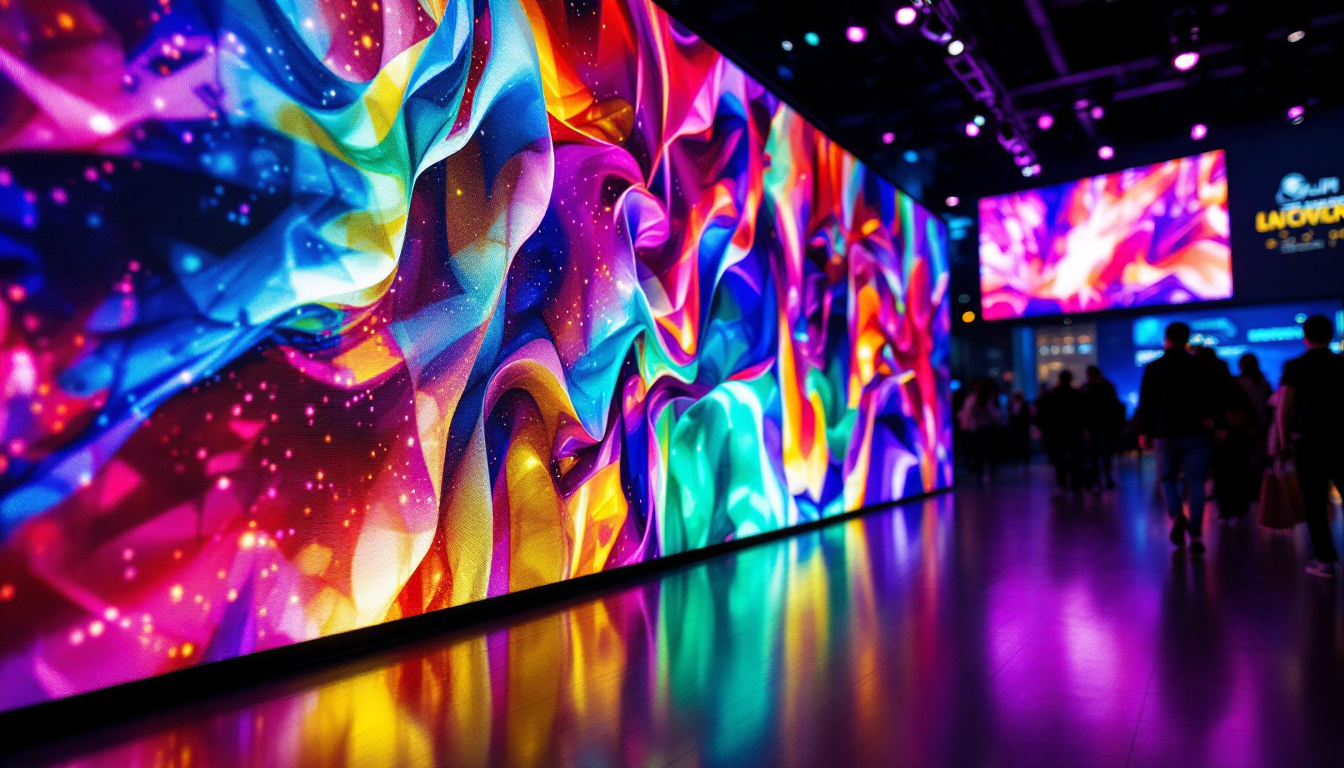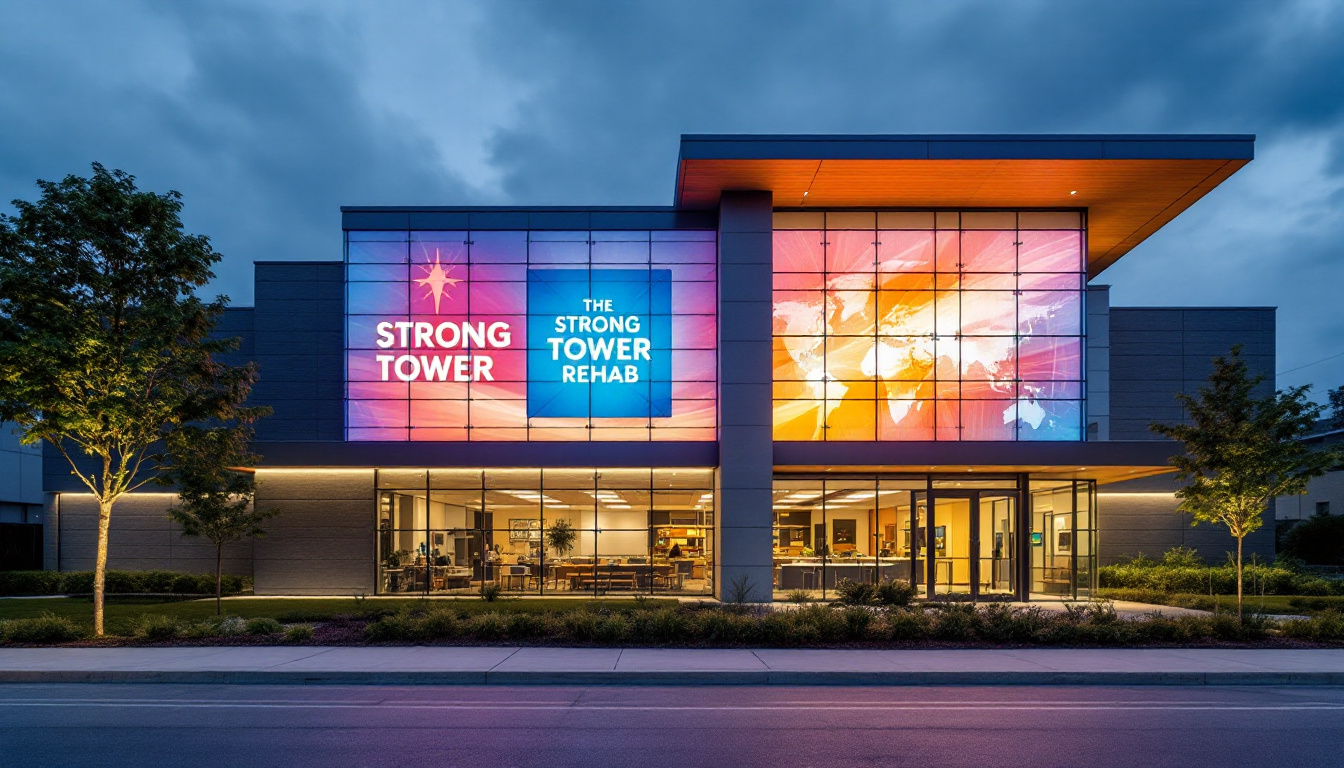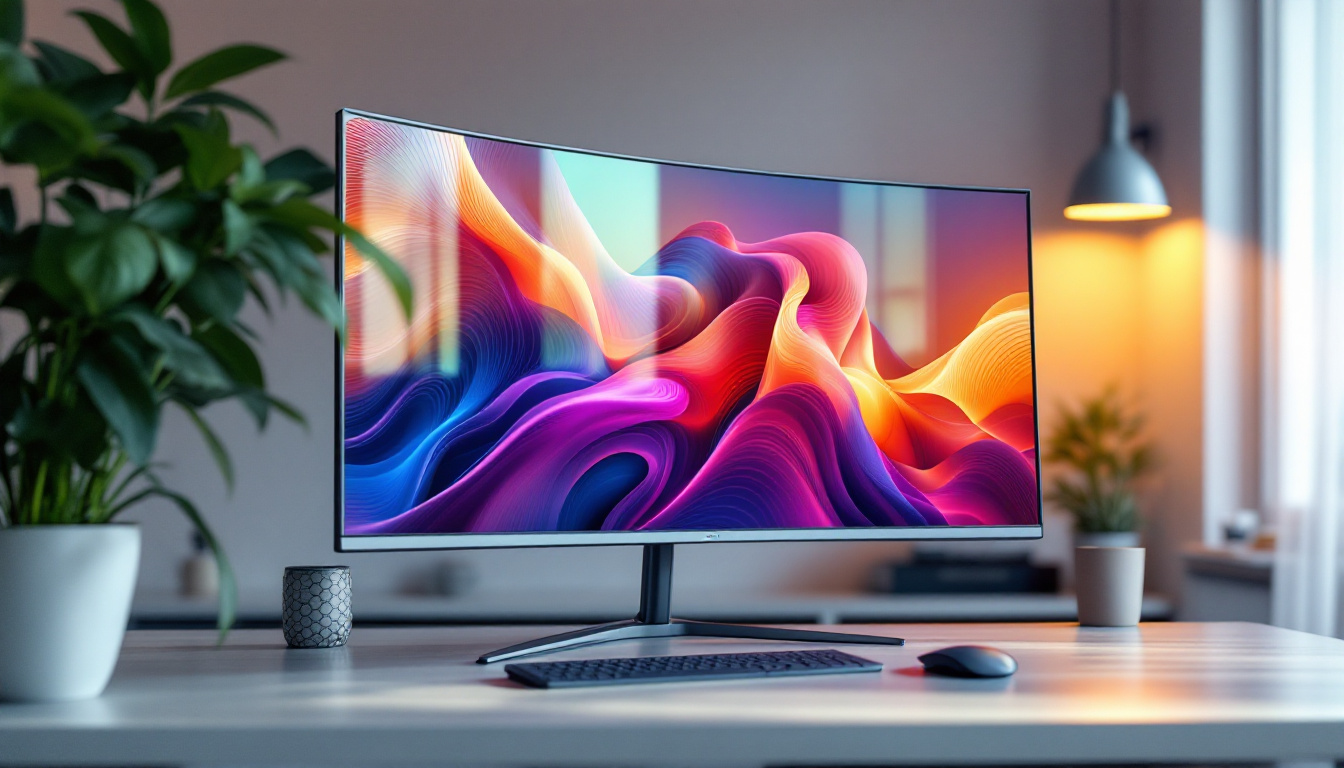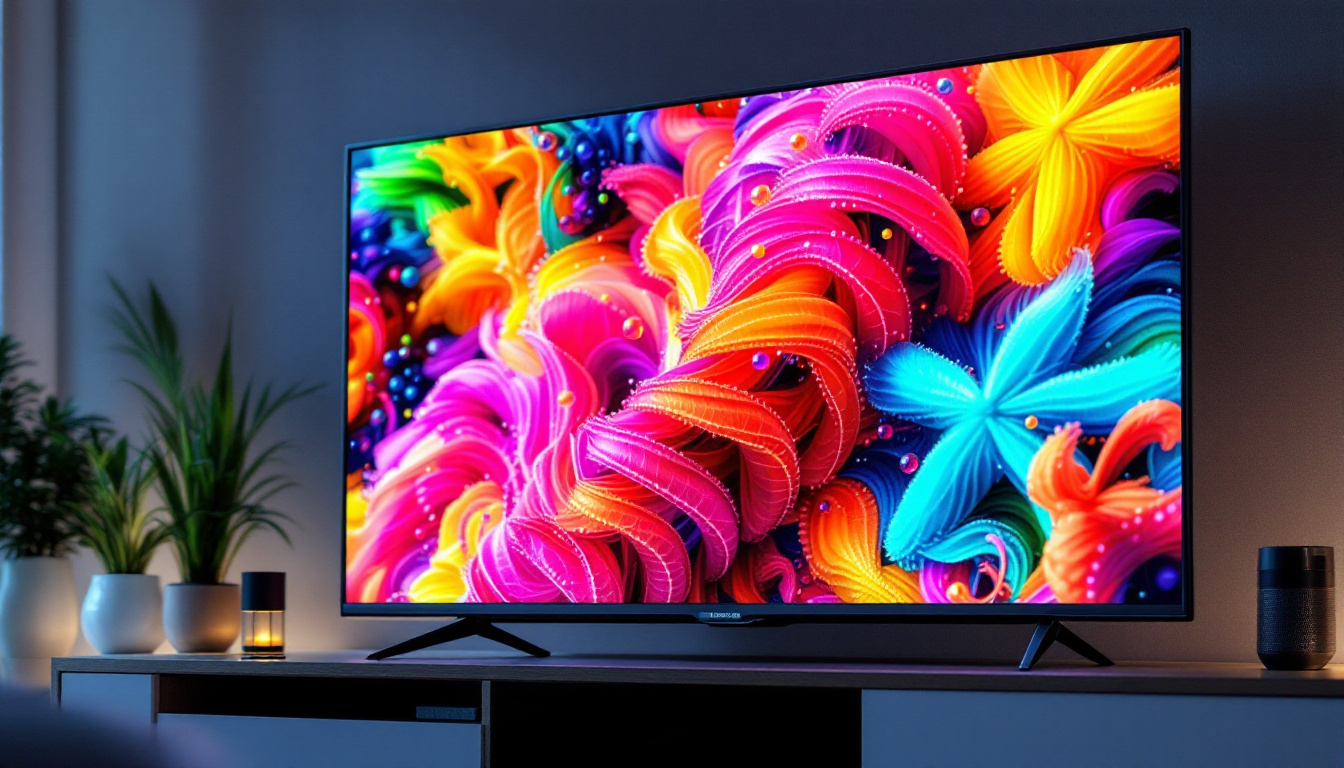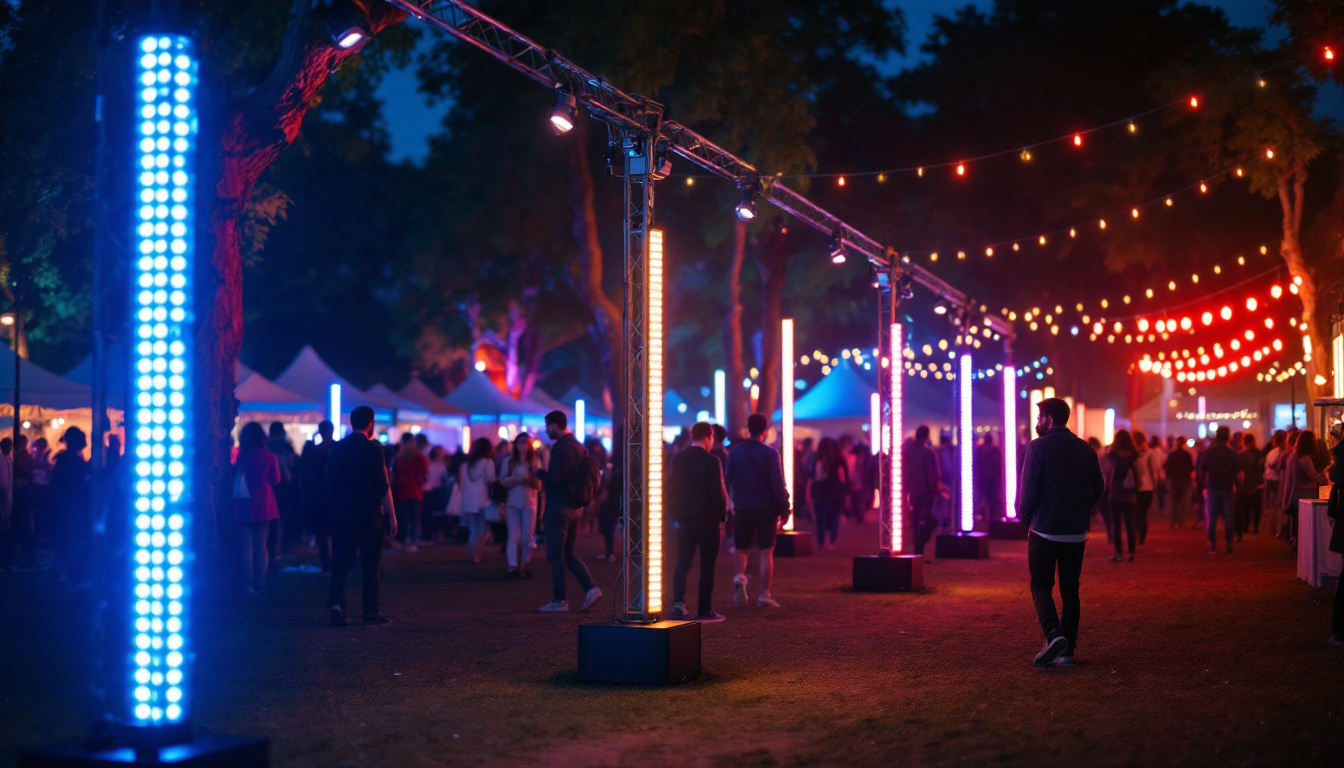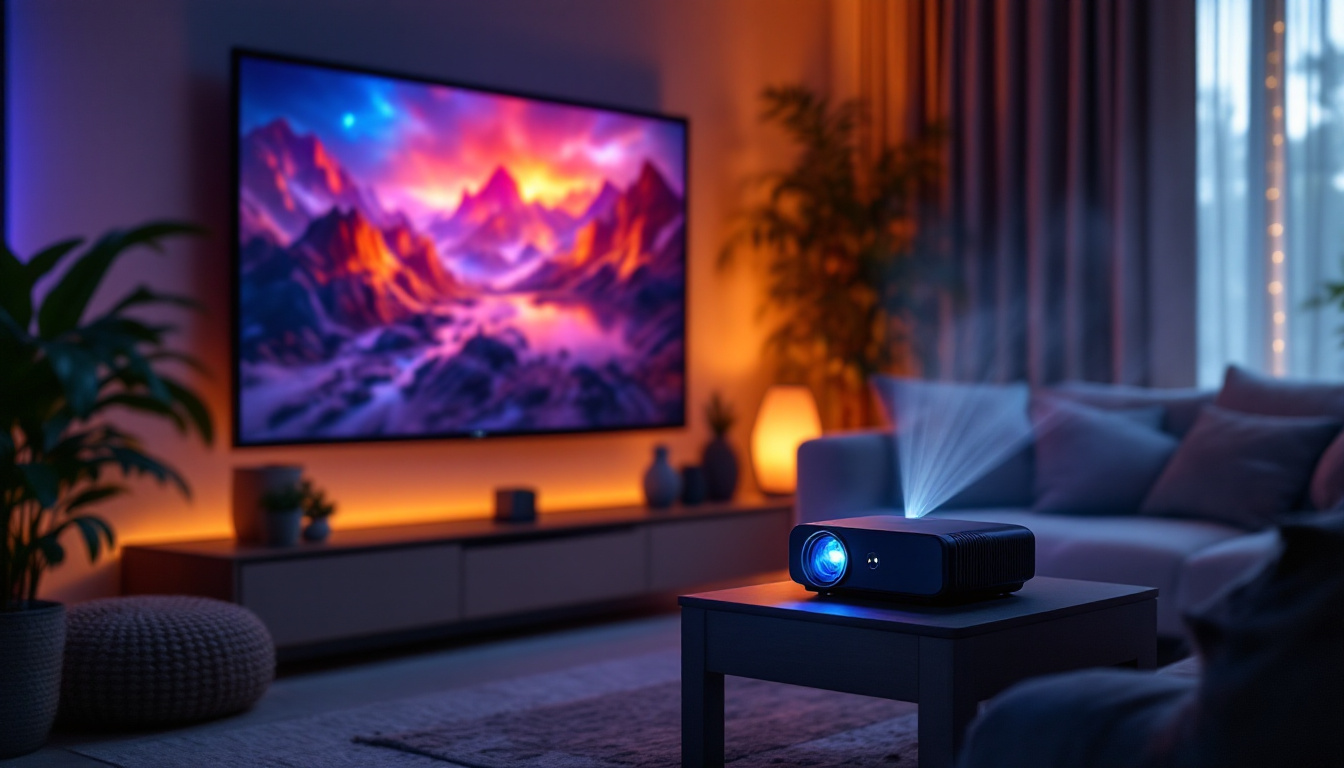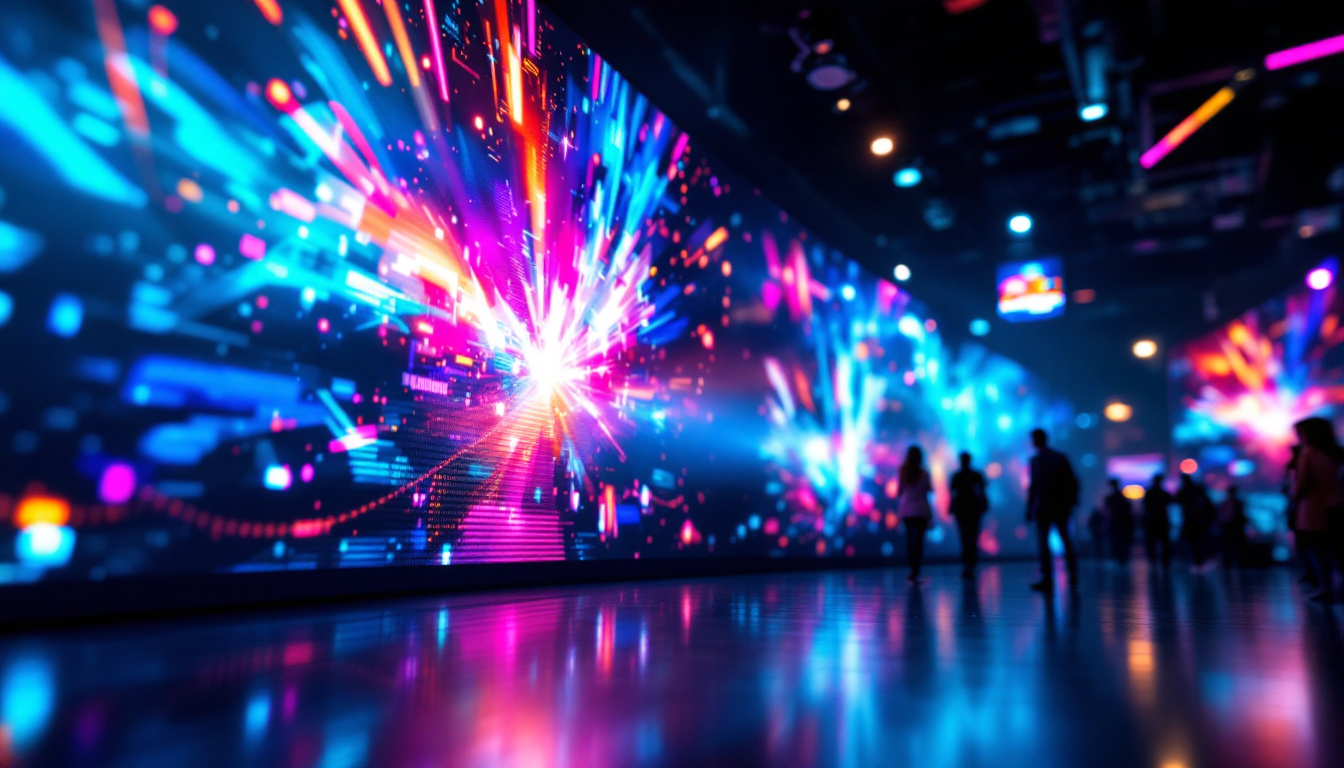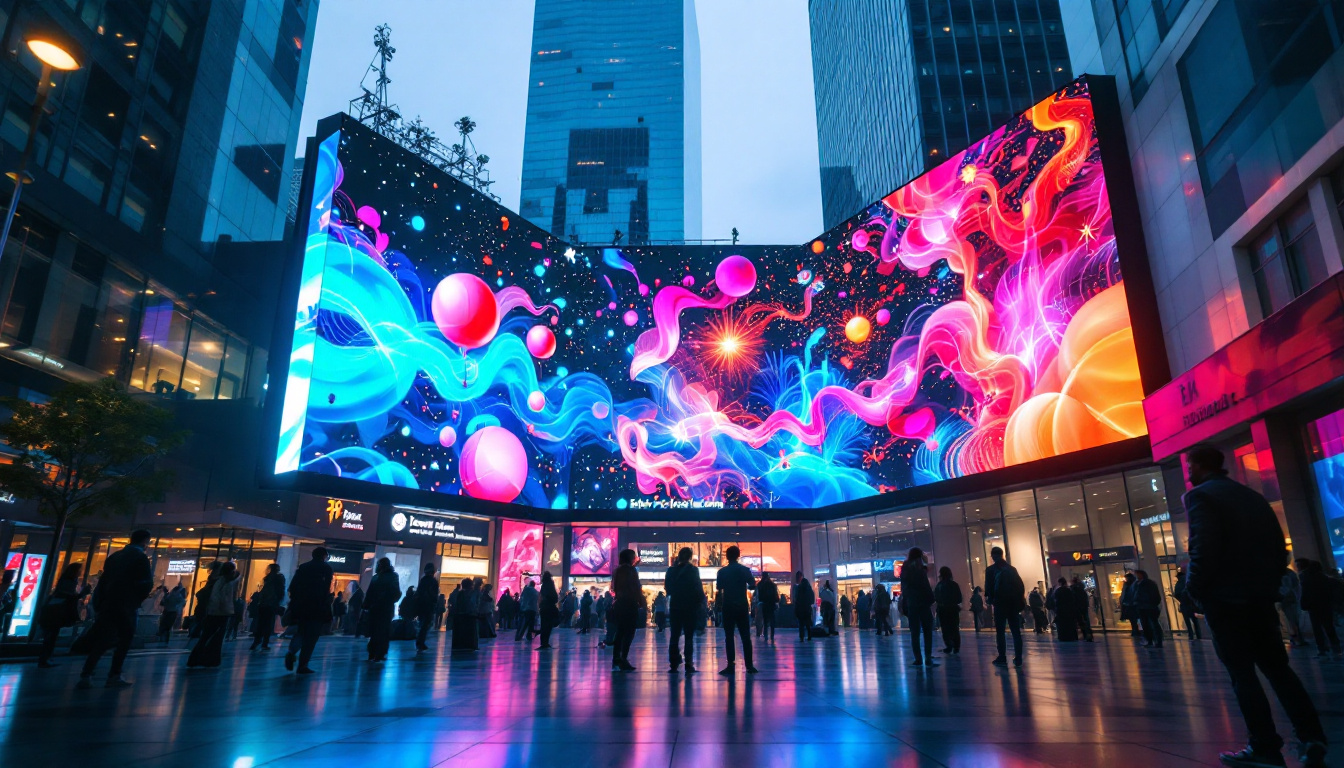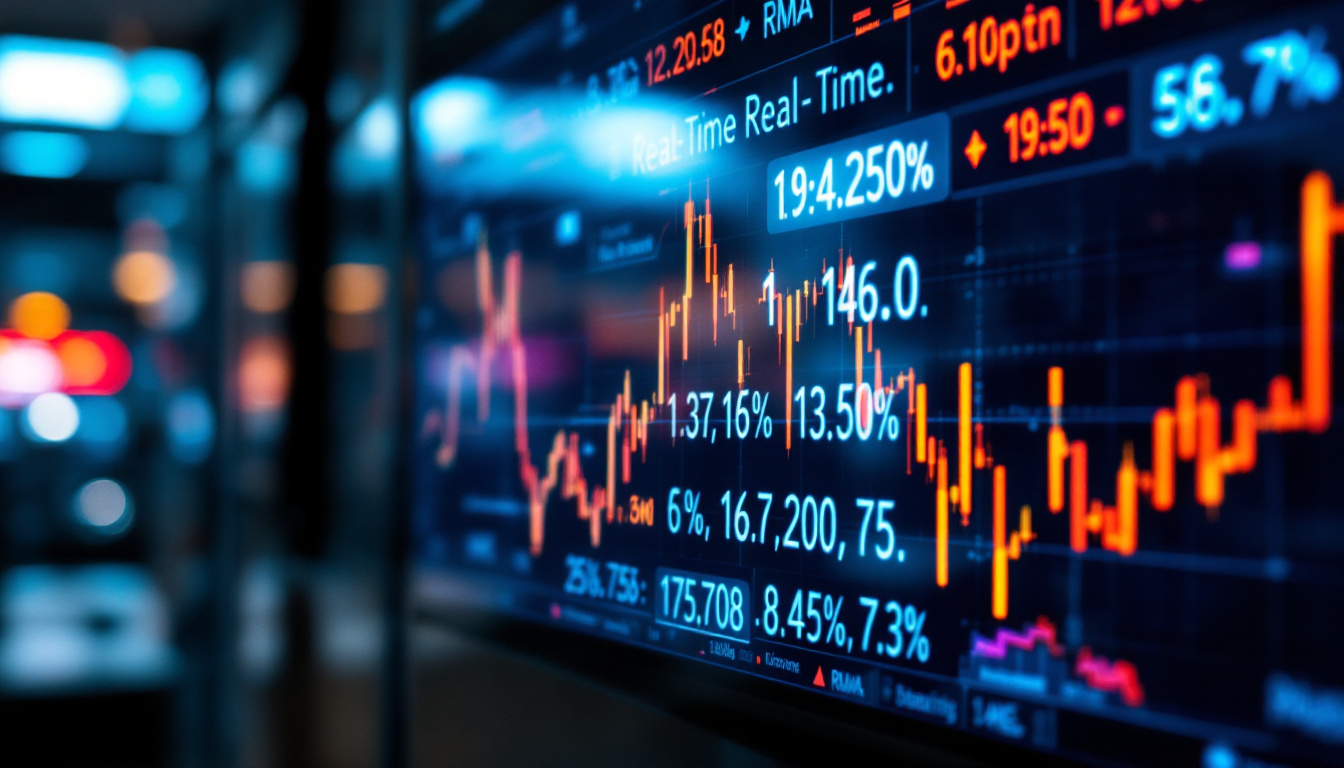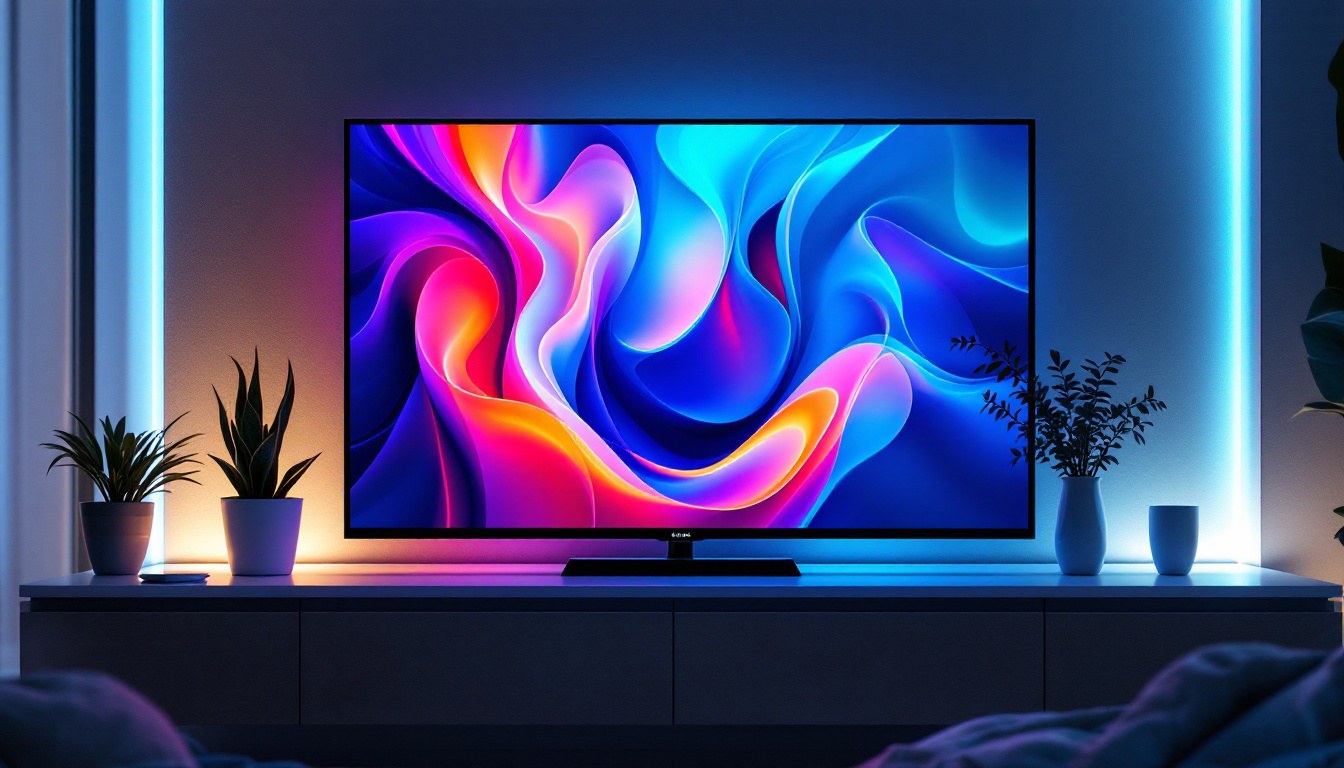In the modern world, the demand for efficient, vibrant, and versatile lighting solutions has led to the rise of LED display lamps. These innovative devices not only illuminate spaces but also serve as powerful tools for communication and branding. This article delves into the intricacies of LED display technology, exploring its components, benefits, applications, and future trends.
Understanding LED Technology
What is LED?
LED, or Light Emitting Diode, is a semiconductor device that emits light when an electric current passes through it. Unlike traditional incandescent bulbs that generate light through heat, LEDs produce light more efficiently, resulting in lower energy consumption and longer lifespans. This fundamental difference is what makes LEDs a popular choice for various lighting applications, including display lamps. The energy efficiency of LEDs can be quantified; they convert about 80-90% of the energy they consume into light, whereas incandescent bulbs convert only about 10-20% into light, with the rest lost as heat. This efficiency not only reduces electricity bills but also contributes to a lower carbon footprint, making LEDs an environmentally friendly option.
How Do LEDs Work?
The operation of an LED is based on the principle of electroluminescence. When electrons recombine with holes in the semiconductor material, energy is released in the form of photons, which we perceive as light. The color of the light emitted depends on the materials used in the semiconductor. For instance, different combinations of gallium, arsenic, and phosphorous can produce various colors, from red to blue and beyond. This versatility allows for a wide range of applications, from simple indicator lights to complex full-color displays. Additionally, advancements in technology have led to the development of white LEDs, which are typically created by combining blue LEDs with yellow phosphor, resulting in a broad spectrum of light that closely resembles natural daylight.
Types of LEDs
There are several types of LEDs, each designed for specific applications. The most common types include:
- Standard LEDs: Used in indicators and displays.
- High-Power LEDs: Suitable for general lighting and high-intensity applications.
- RGB LEDs: Capable of producing multiple colors by combining red, green, and blue light.
Understanding these variations is crucial for selecting the right LED display lamp for a particular need. Furthermore, there are also specialized LEDs such as UV LEDs, which are used in applications like sterilization and curing processes, and OLEDs (Organic Light Emitting Diodes), which are utilized in screens for smartphones and televisions due to their ability to produce vibrant colors and deep blacks. The continuous innovation in LED technology, including improvements in efficiency and color rendering, has opened up new possibilities in both residential and commercial lighting, making it an exciting field for ongoing research and development.
Components of LED Display Lamps
Key Components
LED display lamps consist of several key components that work together to create an effective lighting solution. These include:
- LED Chips: The core of the display, responsible for light emission. These chips are available in various colors and brightness levels, allowing for customization based on specific needs and applications.
- Driver Circuit: Regulates the power supplied to the LEDs, ensuring consistent brightness and performance. This circuit is essential for managing voltage fluctuations, which can otherwise lead to flickering or reduced lifespan of the LEDs.
- Heat Sink: Dissipates heat generated by the LEDs, prolonging their lifespan. Effective heat management is crucial, as excessive heat can degrade performance and lead to premature failure of the display.
- Lens: Focuses and directs the light output, enhancing visibility and effectiveness. Different lens designs can alter the beam angle, allowing for tailored lighting solutions that meet specific spatial requirements.
Each component plays a vital role in the overall functionality and efficiency of the LED display lamp. The integration of these elements not only enhances performance but also contributes to the aesthetic appeal of the lighting solution, making it suitable for a variety of settings, from commercial displays to residential use.
Design Considerations
When designing LED display lamps, several factors must be taken into account:
- Brightness: Measured in lumens, brightness is crucial for visibility, especially in outdoor applications. The right brightness level ensures that the display can be seen clearly in different lighting conditions, making it an essential consideration for signage and advertising.
- Color Temperature: The warmth or coolness of the light can affect mood and ambiance. A cooler color temperature is often preferred for task lighting, while warmer tones can create a more inviting atmosphere in living spaces.
- Energy Efficiency: A critical factor in reducing operational costs and environmental impact. LED technology is inherently more efficient than traditional lighting solutions, but further optimizations in design can enhance this efficiency even more.
Balancing these considerations ensures that the final product meets user expectations and application requirements. Additionally, the choice of materials and manufacturing processes can significantly influence the durability and sustainability of the LED display lamps, making it essential for designers to stay informed about the latest advancements in technology and eco-friendly practices. Incorporating smart technology, such as dimming capabilities and remote control features, can also enhance user experience and adaptability, allowing for more dynamic lighting solutions that cater to a wide range of environments and preferences.
Advantages of LED Display Lamps
Energy Efficiency
One of the most significant advantages of LED display lamps is their energy efficiency. Compared to traditional lighting solutions, LEDs consume significantly less power, which translates to lower electricity bills. This efficiency not only benefits consumers but also contributes to reduced environmental impact, making LEDs a sustainable choice for lighting.
Longevity
LEDs have an impressive lifespan, often lasting up to 25,000 hours or more. This longevity reduces the frequency of replacements, which is particularly advantageous in commercial settings where maintenance costs can be substantial. The durability of LEDs also means they are less susceptible to breakage, further enhancing their appeal.
Versatility and Customization
LED display lamps are highly versatile and can be customized to suit various applications. From dynamic signage in retail environments to ambient lighting in homes, the adaptability of LED technology allows for endless possibilities. Additionally, RGB LEDs can create a spectrum of colors, enabling users to adjust lighting according to mood or occasion.
Applications of LED Display Lamps
Commercial Use
In commercial settings, LED display lamps are widely used for advertising and branding. digital signage, which utilizes LED technology, has become a staple in retail environments, providing businesses with the ability to showcase promotions and engage customers effectively. The bright, vibrant displays capture attention and can be updated in real-time, offering a dynamic marketing tool.
Residential Use
In homes, LED display lamps have gained popularity for both functional and aesthetic purposes. From task lighting in kitchens to mood lighting in living spaces, the versatility of LEDs allows homeowners to create the desired ambiance. Smart LED systems can also be integrated with home automation, enabling users to control lighting through mobile devices or voice commands.
Outdoor Lighting
Outdoor applications benefit immensely from LED technology. Streetlights, landscape lighting, and architectural illumination can all utilize LED display lamps to enhance visibility while minimizing energy consumption. The durability of LEDs makes them suitable for harsh weather conditions, ensuring reliable performance year-round.
Future Trends in LED Display Technology
Smart Lighting Solutions
The future of LED display lamps is closely tied to the development of smart lighting solutions. With the rise of the Internet of Things (IoT), LED lighting systems are becoming increasingly interconnected, allowing for remote control and automation. Users can adjust brightness, color, and schedules, optimizing energy use and enhancing convenience.
Advancements in Color Quality
As technology continues to evolve, advancements in color quality are expected to enhance the performance of LED display lamps. Innovations in phosphor technology and color mixing techniques are paving the way for more accurate color reproduction, making LEDs even more appealing for applications requiring high color fidelity.
Integration with Renewable Energy
As the world shifts towards sustainable energy solutions, integrating LED display lamps with renewable energy sources, such as solar power, is gaining traction. Solar-powered LED lamps can provide efficient lighting in off-grid areas, reducing reliance on traditional energy sources and promoting environmental sustainability.
Challenges Facing LED Display Technology
Initial Costs
While LED display lamps offer long-term savings, the initial investment can be higher compared to traditional lighting options. This upfront cost may deter some consumers and businesses from making the switch. However, as technology advances and production scales up, prices are expected to decrease, making LEDs more accessible to a broader audience.
Heat Management
Despite their efficiency, LEDs still generate heat, which can affect performance and longevity if not managed properly. Effective heat dissipation solutions, such as heat sinks and thermal management systems, are essential to ensure optimal operation. Manufacturers must continue to innovate in this area to enhance the reliability of LED display lamps.
Market Saturation
The rapid growth of the LED market has led to increased competition, resulting in a saturated market with numerous options. While this can benefit consumers through lower prices and diverse choices, it also poses challenges in terms of quality and reliability. Consumers must be vigilant in selecting reputable manufacturers to ensure they receive high-quality products.
Conclusion
LED display lamps represent a significant advancement in lighting technology, offering numerous benefits that cater to a variety of applications. Their energy efficiency, longevity, and versatility make them an ideal choice for both commercial and residential use. As technology continues to evolve, the future of LED display lamps looks promising, with innovations in smart lighting, color quality, and renewable energy integration paving the way for even greater advancements.
In a world increasingly focused on sustainability and efficiency, LED display lamps are not just a trend; they are a vital component of modern lighting solutions. As consumers and businesses alike embrace this technology, the impact of LED display lamps will undoubtedly continue to grow, illuminating spaces while reducing environmental footprints.
Illuminate Your Space with LumenMatrix
Ready to transform your environment with the latest in LED display technology? LumenMatrix is at the forefront of innovation, offering a wide array of LED display solutions tailored to your unique needs. From captivating Indoor LED Walls to dynamic Vehicle LED Displays and beyond, our products are designed to elevate your brand and engage your audience. Embrace the future of visual communication and check out LumenMatrix LED Display Solutions today to see how we can illuminate your world.



